Everything about MOPA Fiber Laser in 2025
As the laser engraver industry and technology continue to evolve, MOPA fiber lasers are quickly becoming the go-to choice for creators, manufacturers, and engineers who demand precision, versatility, and beautiful results.
In 2025, MOPA technology has matured beyond its early “high-end niche” image — it’s now more accessible, stable, and widely used across industries ranging from electronics and jewelry to medical devices and custom branding.
Whether you’re a small business owner, a maker, or an industrial designer, understanding what makes MOPA fiber lasers unique will help you choose the right model, power, and setup for your needs.
This guide breaks down everything you need to know in 2025 — how MOPA lasers work, what they can do, who they’re for, and whether they’re worth the investment.
What Is a MOPA Fiber Laser and How Does It Work
To better understand why MOPA fiber lasers are so widely used today, it helps to first look at what “MOPA” actually means, what makes this laser type unique, and how its technology works in practice.
The following sections break down these key points step by step — from the basic concept behind MOPA design, to its real-world applications and working principles.
1. What Does “MOPA” Mean in Lasers
MOPA stands for Master Oscillator Power Amplifier.
In this design, the master oscillator produces the initial laser light, and the power amplifier boosts its energy.
This structure gives users the ability to adjust the pulse width and frequency — two key parameters that determine engraving precision and material adaptability.
2. What Is a MOPA Fiber Laser
A MOPA fiber laser is an advanced version of a standard fiber laser, designed for high-precision marking and color engraving.
Unlike traditional fiber lasers that have a fixed pulse width, MOPA lasers allow precise control over pulse duration, making them ideal for delicate materials and detailed work.

They are widely used in industries like electronics, jewelry, mobile parts, and medical tools — anywhere that needs fine, permanent, and clean markings on metal or plastic surfaces.
3. How Does a MOPA Fiber Laser Work
MOPA fiber lasers work in two main stages:
- The Master Oscillator generates low-energy laser pulses.
- The Power Amplifier strengthens those pulses to achieve the required marking power.
Because the user can adjust the pulse width (2–500 ns) and frequency (up to several hundred kHz), MOPA lasers offer exceptional control over:
- Heat effect → less burning or discoloration.
- Engraving depth and smoothness → ideal for micro-text or fine logos.
- Color effects on metals → through precise heat manipulation and surface oxidation.
MOPA vs. Traditional Fiber Lasers — What’s the Difference
While both MOPA and traditional fiber lasers are based on fiber-optic technology, their design and functionality differ significantly.
These differences affect what materials they can engrave, the quality of the results, and the level of control users have during operation.
1. Structural and Functional Differences
The key difference lies in how the laser pulse is generated and controlled.
A traditional fiber laser has a fixed pulse width — meaning it releases energy in uniform bursts. This design is simple, reliable, and great for deep engraving or fast marking on metals, but it lacks flexibility.
A MOPA fiber laser, on the other hand, separates the light source into two parts:
- The Master Oscillator, which generates the laser pulse.
- The Power Amplifier, which boosts the energy of that pulse.
This structure allows users to adjust the pulse width (2–500 ns) and frequency (up to several hundred kHz).
As a result, MOPA lasers can control how much heat is delivered to the material surface, leading to smoother edges, reduced burning, and cleaner contrast.
In short:
- MOPA = More control and finer detail.
- Traditional Fiber = More power for deeper, faster marking.
2. Material Compatibility
Because of their flexible pulse control, MOPA fiber lasers are compatible with a broader range of materials.
They excel at marking delicate surfaces such as:
- Plastics (without burning or melting)
- Anodized aluminum
- Coated or painted metals
- Stainless steel (with color engraving capability)
Traditional fiber lasers, by contrast, perform best on bare metals such as stainless steel, aluminum, brass, and titanium — great for serial numbers or deep engraving, but less suitable for sensitive materials.

3. Application Scenarios
MOPA fiber lasers are ideal for industries and projects that demand precision, contrast, and visual quality rather than just depth or speed.
Common use cases include:
- Color engraving on stainless steel and titanium
- Marking plastic components in electronics or automotive parts
- Engraving fine logos, QR codes, and serial numbers
- Medical instruments and consumer electronics where surface quality matters
- Traditional fiber lasers are often preferred for:
- Metal cutting and deep engraving
- Tool and part identification
- High-volume industrial marking tasks
In short, if your goal is detailed, aesthetic, or multi-material marking, a MOPA fiber laser is the smarter choice.
If you need high-speed, deep metal engraving, a traditional fiber laser remains the workhorse.
Advantages and Disadvantages of MOPA Fiber Lasers
MOPA fiber lasers are often praised by global users for their flexibility, precision, and visual quality, but they also come with a few trade-offs, such as higher cost and slower performance for deep engraving.
Here’s what actual users have found in real-world use:
1. Advantages (What Users Love)
More Control and Flexibility
- Users repeatedly mention that MOPA lasers allow precise adjustment of pulse width and frequency, giving far better control over heat, contrast, and engraving texture.
- As one Reddit user said, “It has a wider range for frequency and pulse width — that can make or break your engraving.”
Better Results on More Materials
- Makers and professionals highlight that MOPA lasers work perfectly on plastics, anodized aluminum, and stainless steel, where standard fiber lasers often leave burn marks.
- The ability to engrave colorful patterns on metals (blue, gold, purple) is a big plus mentioned in reviews on TechRadar and SawmillCreek.
Cleaner, Higher-Quality Finish
- Because of finer pulse control, the heat-affected zone is minimal — edges look smoother and details are sharper.
- Ideal for logos, jewelry, consumer electronics, and custom branding, where precision and surface quality matter more than speed.
2. Disadvantages (What Users Complain About)
Slower for Deep or Color Engraving
- Many users note that MOPA lasers are much slower when engraving in color, especially on stainless steel.
- As one forum member said, “Doing colors is excruciatingly slow… but the results are beautiful.”
Higher Cost
- Most MOPA models are 20–40% more expensive than standard fiber lasers.
- Users agree it’s worth it if you need fine detail or color, but not for simple marking tasks.
More Complex Setup and Learning Curve
- Several users report that finding the right settings takes time — you need to experiment with pulse width, frequency, and power combinations.
- Beginners may find standard fiber lasers easier and faster to operate.
Power Options and Models — How to Choose the Right Wattage
Choosing the right laser power is one of the most important decisions when buying a fiber or MOPA fiber laser.
The wattage you select determines how fast you can engrave, how deep you can mark, and what types of materials you can handle effectively.
However, different users have different needs — a small workshop engraving jewelry or phone cases doesn’t need the same power as a factory cutting thick stainless steel plates.
That’s why understanding how wattage affects performance, cost, and precision will help you pick a model that truly fits your workflow and budget.
The following sections explain how to choose the right power range, what each wattage level is best for, and how to decide which one suits your specific applications.
1. How to Choose the Right Wattage
When selecting a fiber laser (including a MOPA type), wattage is a key factor because it affects how quickly you can mark or engrave, how deep you can go, and how thick or tough the material you’re working with can be.
Here are some guiding questions to ask yourself:
- What materials will I process most often? Are they thin and delicate (like plastics or anodized aluminum), or thick/tough (like stainless steel, brass, etc.)?
- Do I need shallow markings (logos, serial numbers) or deeper engravings and possibly cutting?
- What is my budget, and how important is speed/throughput vs detail/precision?
- Do I foresee scaling up to higher production volumes or just occasional/custom work?
By answering those, you can match your needs to an appropriate wattage range.
2. Typical Wattage Ranges and What They Are Good For
Here are rough wattage bands and what they’re commonly used for:
- 20W–30W: Best for general marking tasks—light logos, serial numbers, parts labeling, shallow engravings on materials like aluminum, painted/coated metals, plastics.
- 60W–100W: Suitable for deeper engravings, harder materials, and higher throughput operations. Good when you need more speed or tougher materials.
- More than 100W (for some specialized machines): When you’re doing heavy-duty production, very thick materials, or want cutting capability rather than just marking/engraving.
3. Which Power Is Best for You
If your work is mainly custom, small-batch marking on metals/plastics/finished surfaces—and you prioritize detail and flexibility over brute speed—then a 20W-30W unit may be the most cost-effective.
If you expect to work with varied materials, want faster processing, or may scale up to higher volume/production work, then consider a 60W-100W machine to give you headroom.
If you’re targeting industrial-level throughput or cutting thicker metals, then you might need to look beyond 100W—but that comes with higher cost, maintenance, and power demands.
Should You Buy A MOPA Fiber Laser
If you’re thinking about buying a MOPA fiber laser, you’ll definitely want to read this part first.
In real-world use, MOPA fiber lasers aren’t just for hobbyists — they’re widely adopted by professionals and specialized industries around the world.
Understanding who typically uses these machines can help you decide whether a MOPA laser truly fits your needs.
Here’s a quick way to think about it:
You Should Buy One If You:
- Work with multiple materials (plastics, anodized aluminum, stainless steel).
- Need high-precision or color marking for branding, jewelry, or electronics.
- Want clean, detailed results with minimal heat damage.
- Run a custom or small production business where versatility matters more than raw speed.
You Probably Don’t Need One If You:
- Only engrave bare metals or do high-volume, deep marking.
- Care more about speed and cost than visual quality.
- Prefer a simple setup without tuning pulse width or frequency.
MOPA Fiber Laser FAQ (People Also Ask Edition)
1. Can MOPA Lasers Cut or Only Mark
MOPA fiber lasers are primarily marking and engraving machines, not cutting machines.
They’re designed to produce high-contrast, precise, and permanent markings rather than slicing through materials.
While higher-power MOPA units (like 100 W +) can lightly cut thin metal foils or remove coatings, they’re not ideal for structural cutting like CO₂ or fiber-cutting lasers.
2. Can MOPA Fiber Lasers Engrave Color on Stainless Steel
Yes — this is one of the biggest advantages of MOPA fiber lasers.
By finely adjusting the pulse width, frequency, and speed, the laser manipulates the surface oxide layer on stainless steel to create vivid colors such as blue, gold, purple, or green — all without using pigments or coatings.
This process requires patience and experimentation, as color depends on material composition and settings, but the results can look stunning and professional.
3. Is MOPA Laser Better Than UV Laser
It depends on what materials you work with.
MOPA fiber lasers excel at marking metals and certain plastics, offering deeper engraving, faster speed, and even color effects.
UV lasers, on the other hand, operate at a much shorter wavelength (355 nm), making them perfect for delicate, heat-sensitive materials such as glass, transparent plastics, and circuit boards.
So while MOPA is better for metals and durable materials, UV is better for ultra-fine marking on fragile or transparent surfaces.
Final Thoughts — Is MOPA the Future of Laser Marking
MOPA fiber lasers represent one of the most significant advancements in laser marking technology.
Their ability to adjust pulse width and frequency gives users far greater control over precision, heat, and visual results — something traditional fiber lasers simply can’t match.
While they may cost more and require a bit of learning, the trade-off is clear: more flexibility, better surface quality, and the option for stunning color effects on metals like stainless steel and titanium.
For industries where appearance, accuracy, and versatility matter — from electronics and medical tools to jewelry and branding — MOPA fiber lasers are quickly becoming the standard.









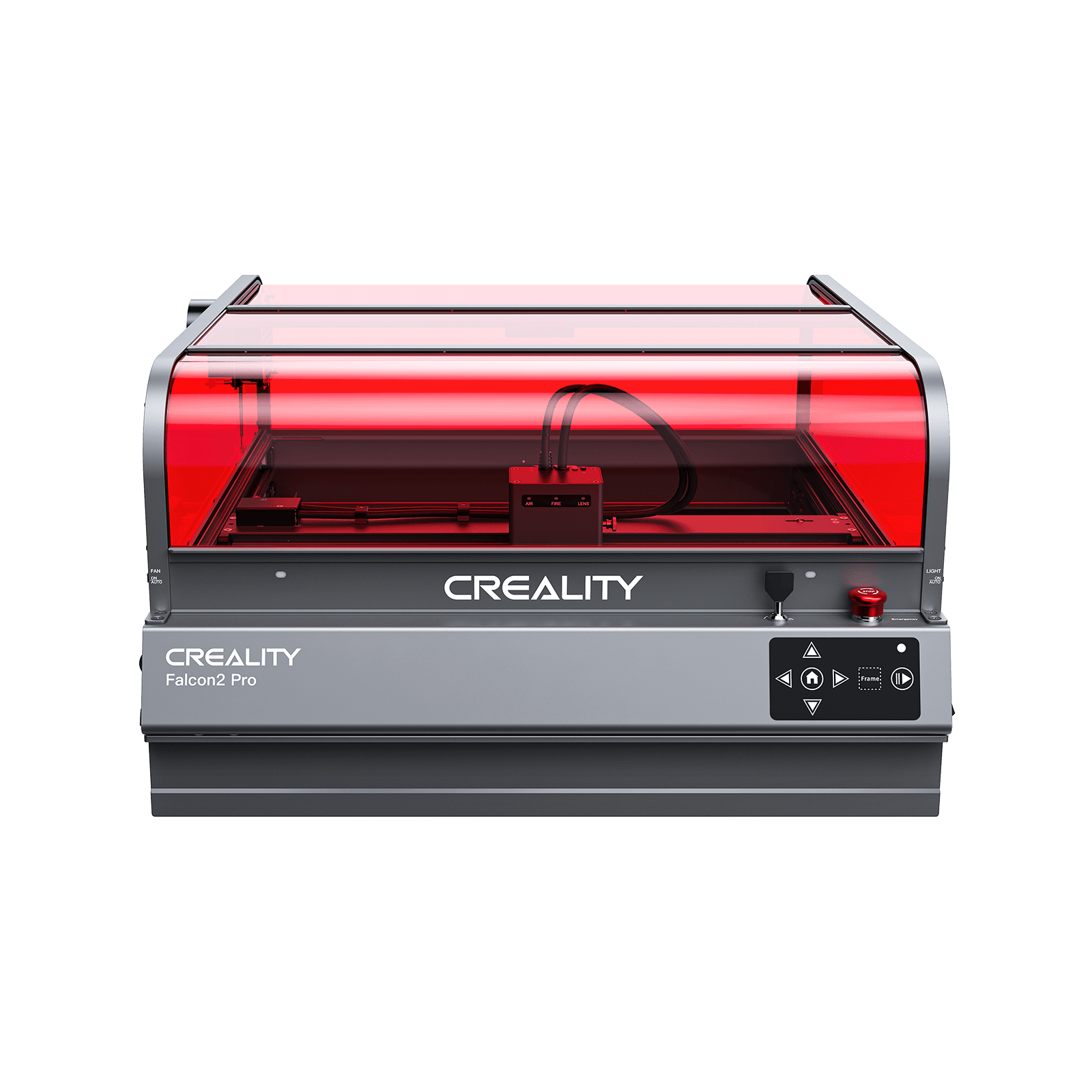






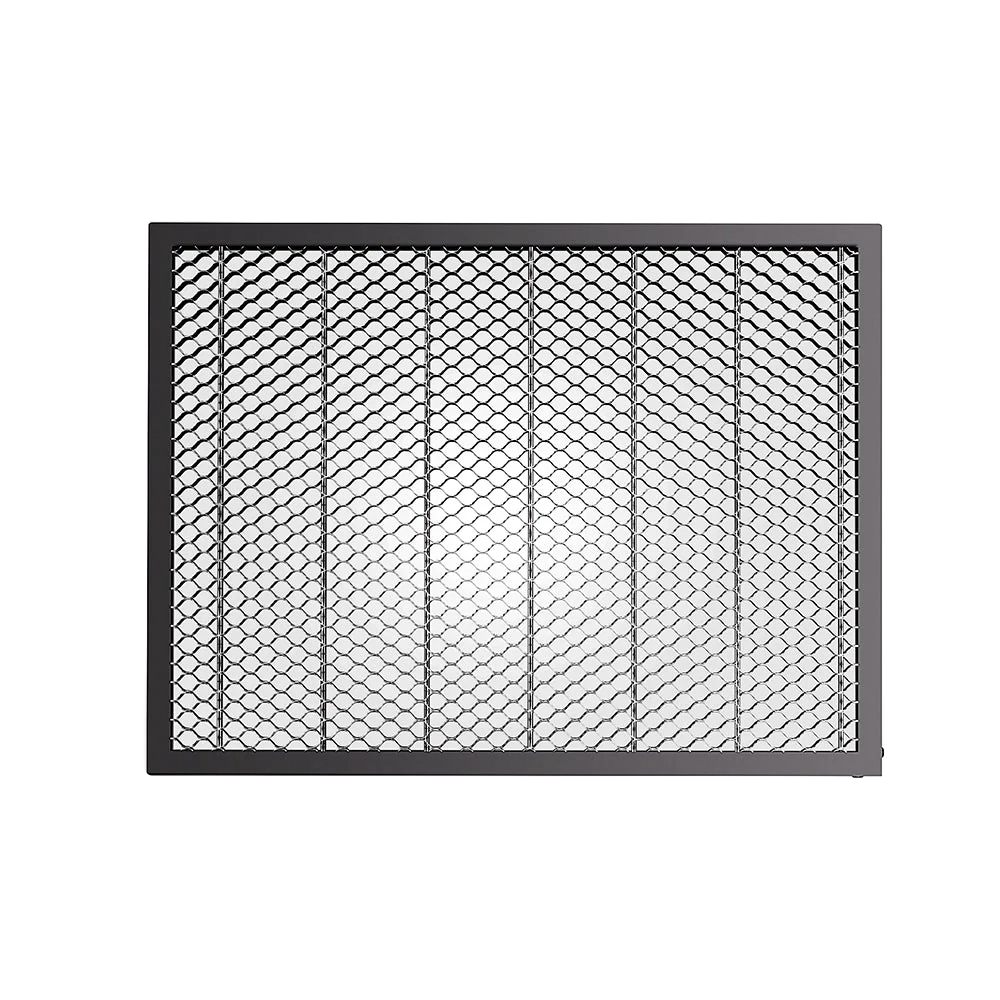







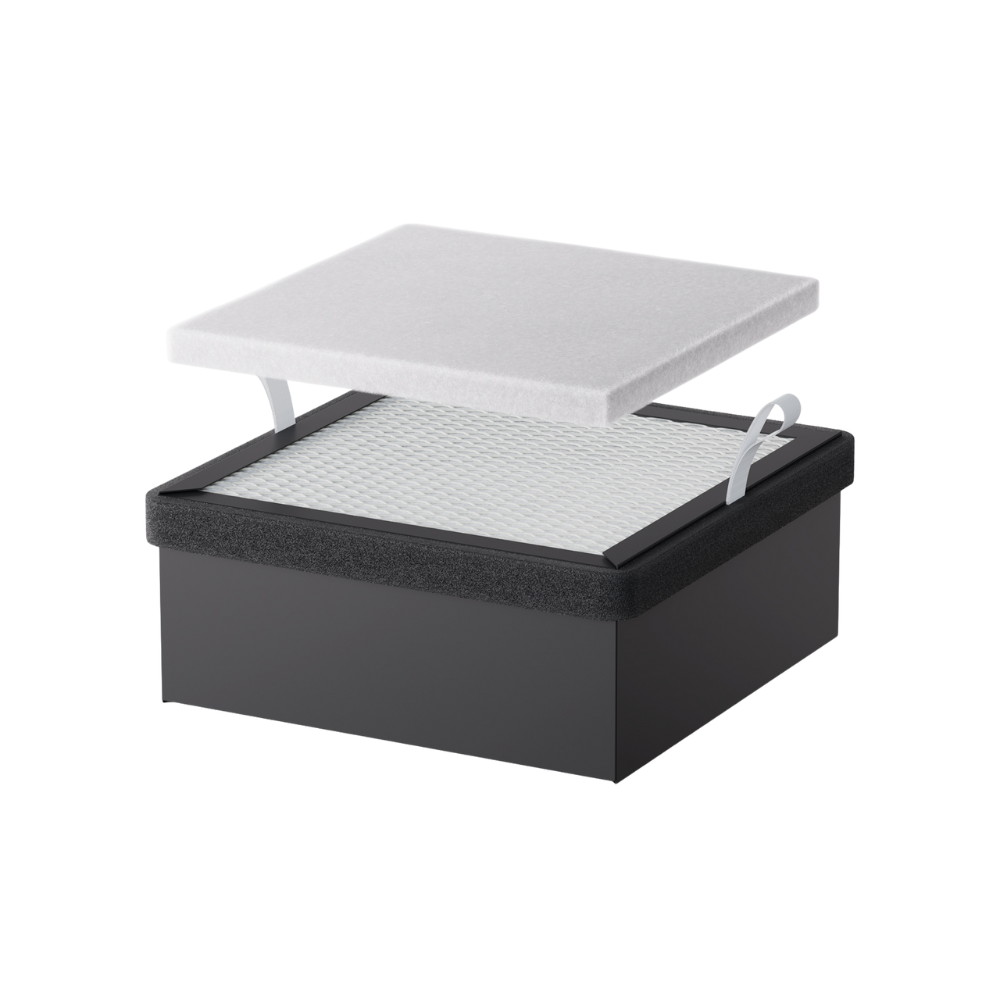







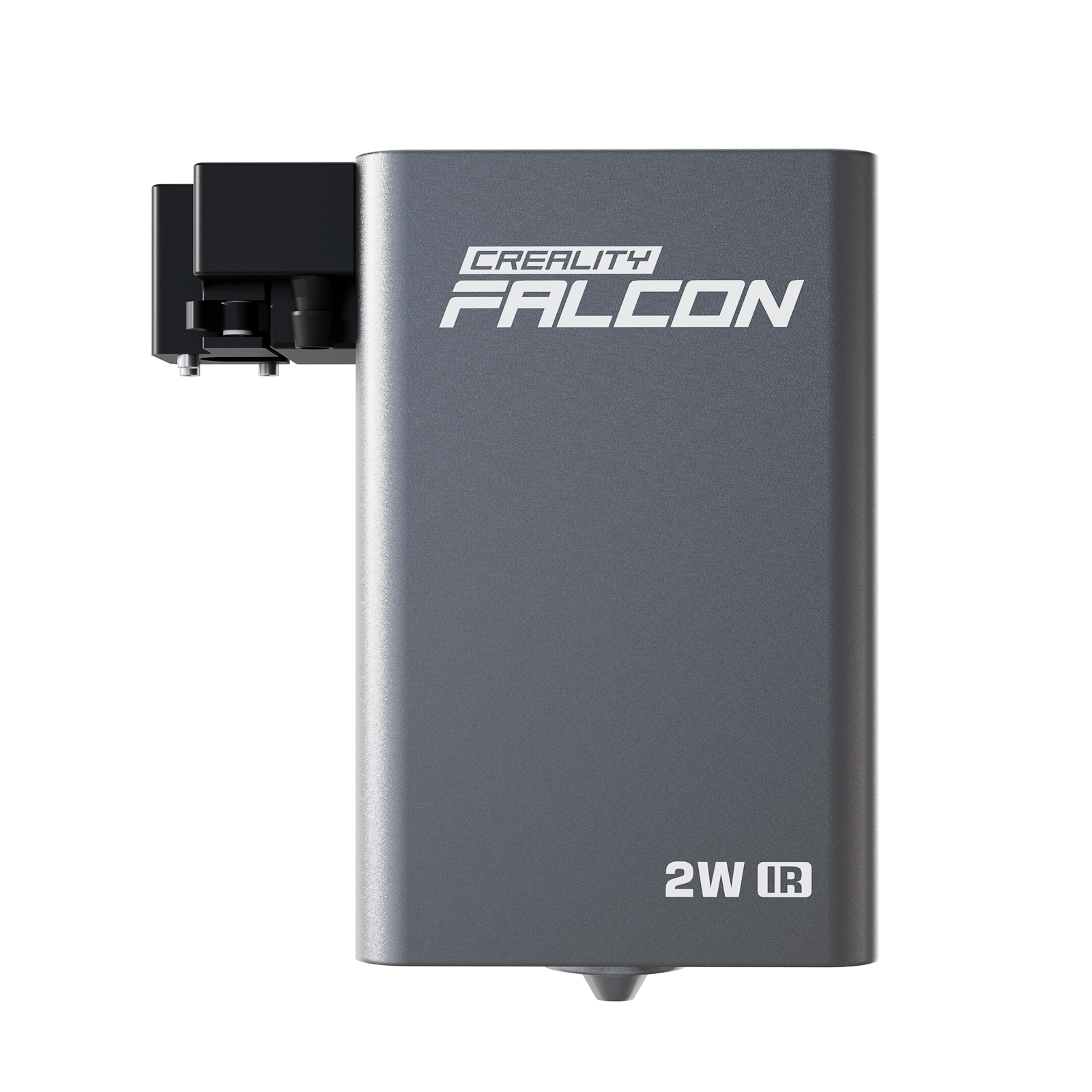













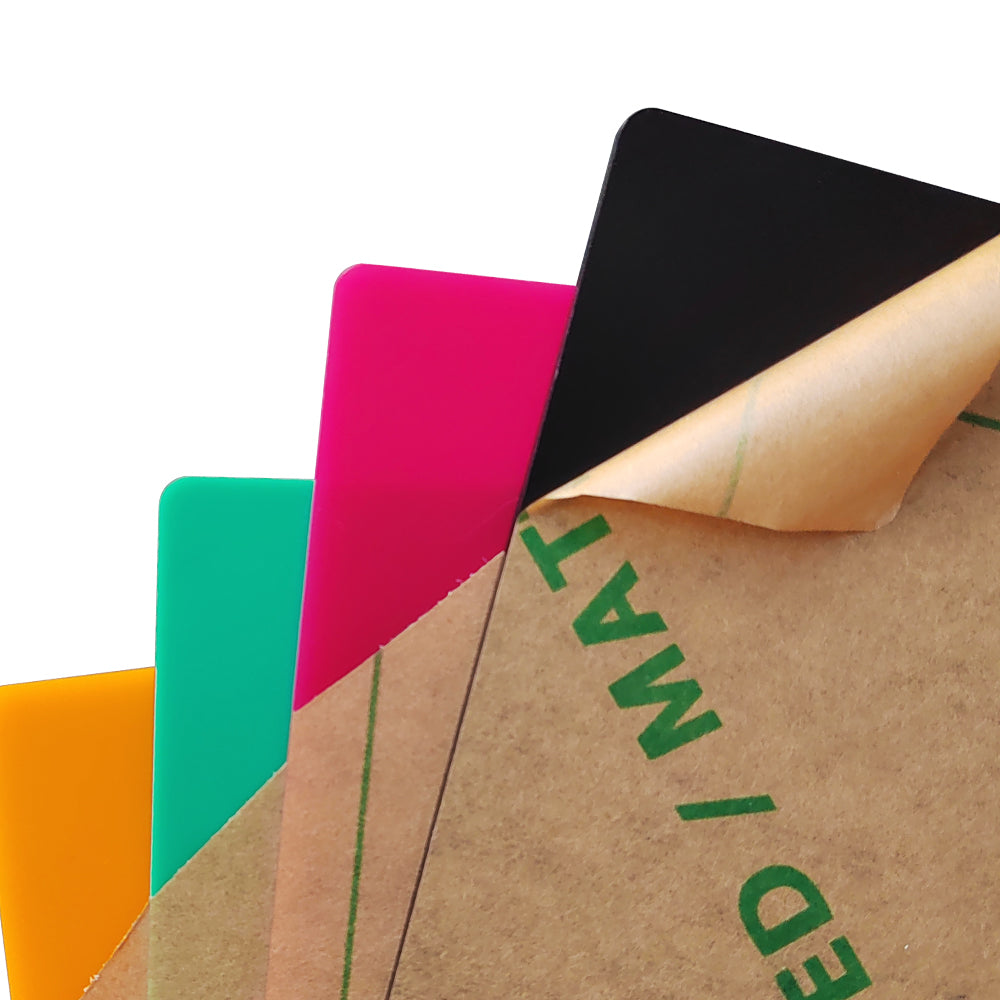




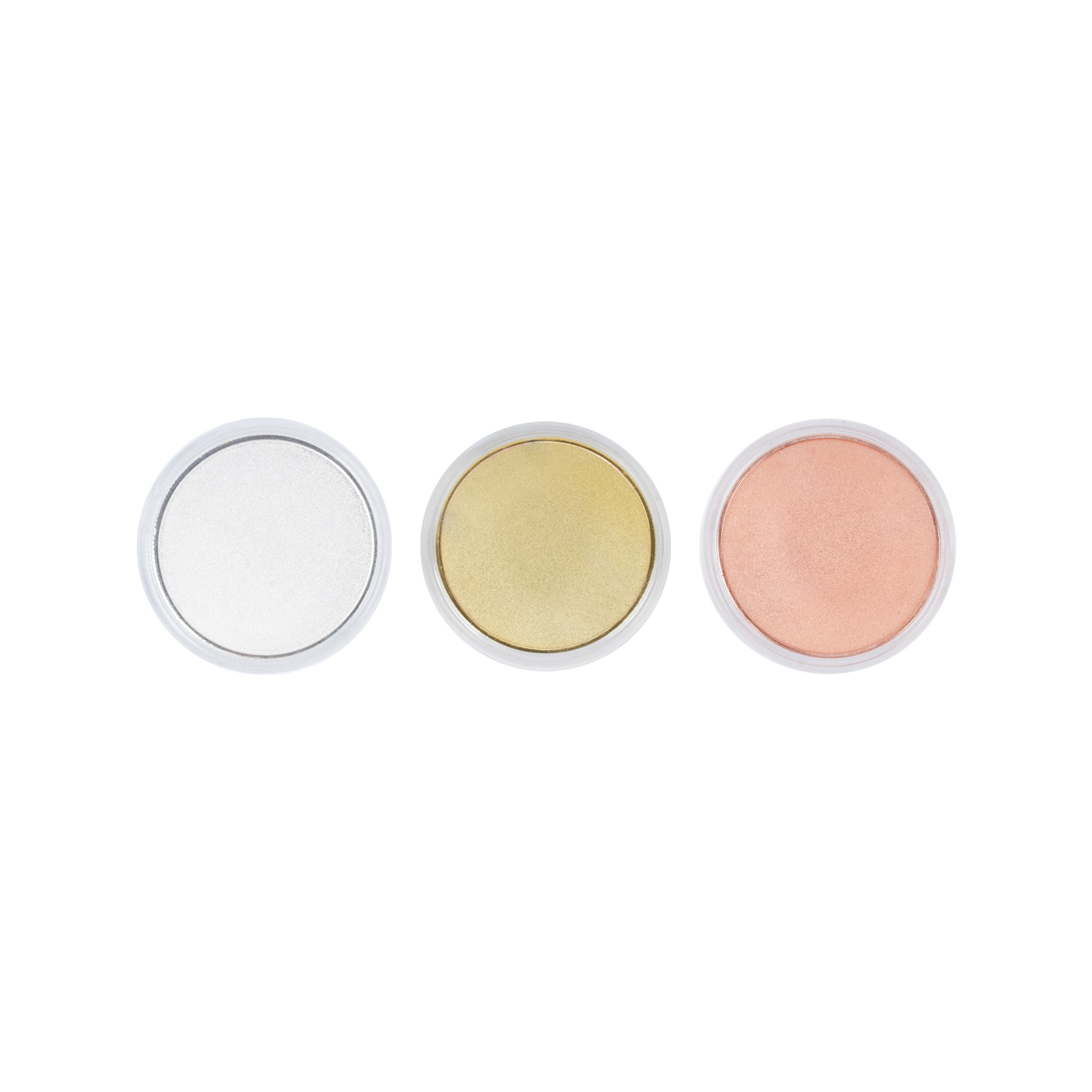
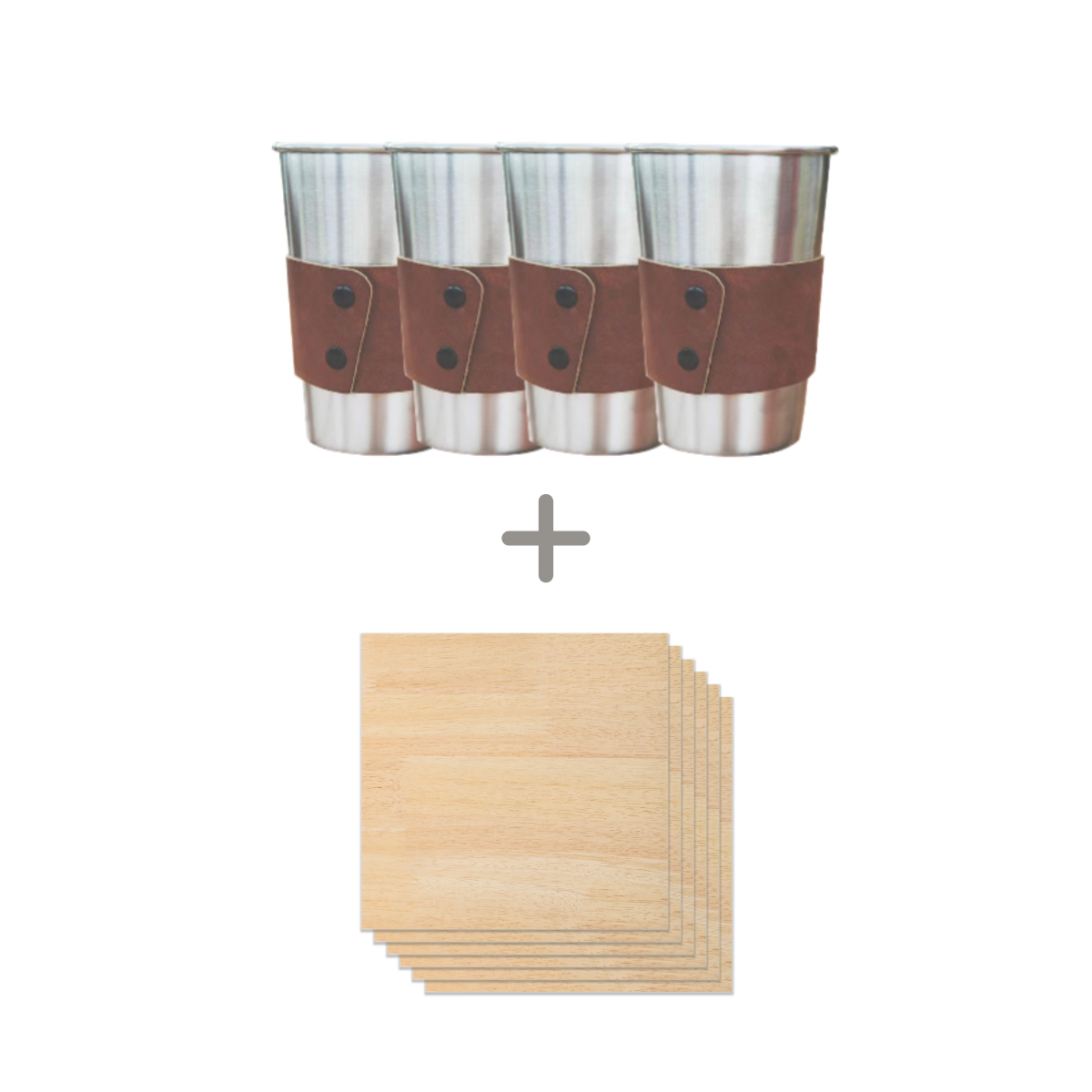





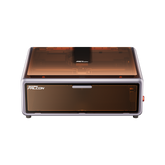

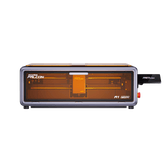
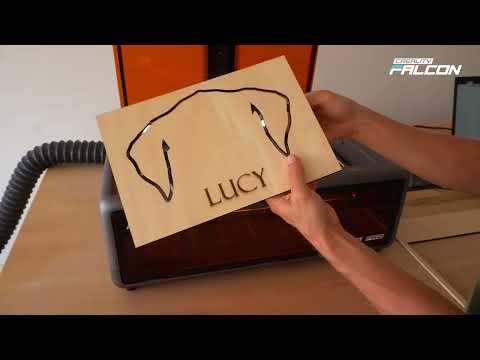
Leave a comment
Please note, comments need to be approved before they are published.